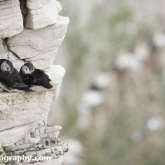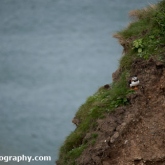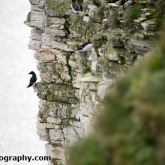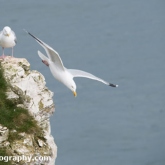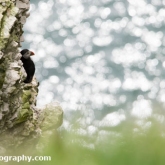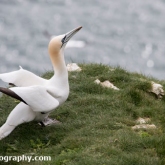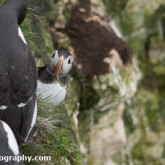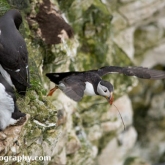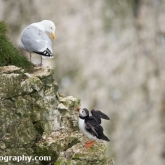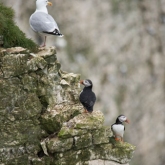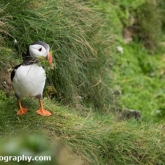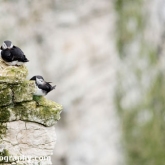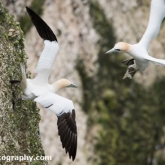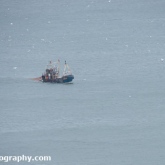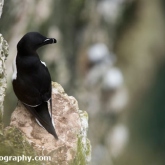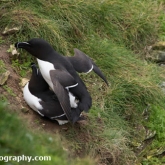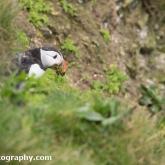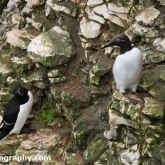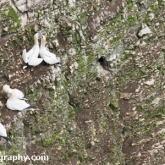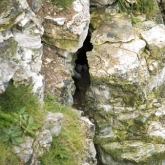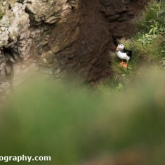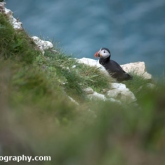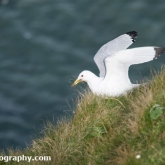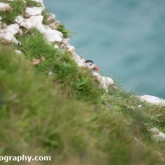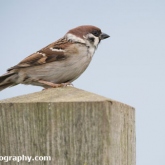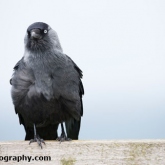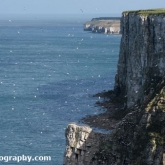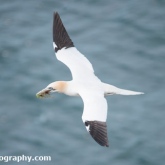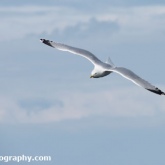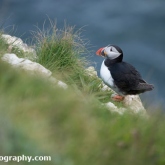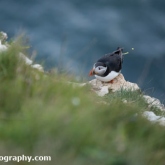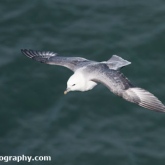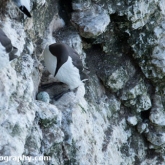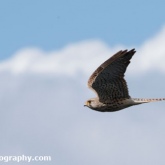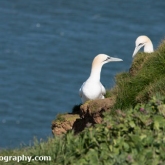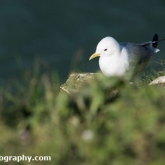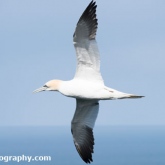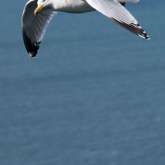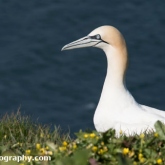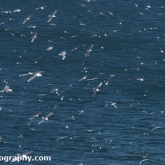05:30 seemed a horrendous time to be getting up on a Bank Holiday Monday but I had heard a while ago that Otters had been seen at Lower Moor Farm and this was the first chance I’d had to get there early.
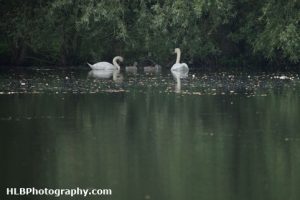
It was overcast when I got to the site at 07:30. I popped into the first hide to have a quick scan and was greeted by the site of a pair of Mute Swan’s and their 2 Cygnets, the rest of the lake was quiet. I then headed to the hide at Swallow Pool where the Otters had been seen. After a fair few hours of watching, unfortunately I hadn’t seen any. I did however see Mallard’s fighting (trying to drown each other might be a better description!), Greylag Geese flying over, Blue tits feeding and a Kingfisher that did a few flybys! The Muncjac Deer took me by surprise as it was just to the right of the hide, about 25ft away. It was spooked by a man that came into the hide though unfortunately so I only managed to take a couple of photographs before it ran off.
On my way back to the car park I again popped into the hide on Cottage Lake. I like that the bird table is quite close so you can clearly see the smaller birds that come to feed. I wasn’t expecting a squirrel to show up though! but it obviously had learnt the bird food is there and was happily eating what it could. On the way out I walked around the pools to see what smaller creatures were about. I’m still learning which insects are which and still get confused, so have to rely on the Internet when I get home to help me out!
My full list of sightings for the day were:
Birds: Mute Swan, Robin, Chaffinch, Mallard, Reed Bunting, Blackbird, Long-tailed tit, Blue tit, Bullfinch, Woodpigeon, Carrion Crow, Kingfisher, Moorheen, Dunnock, Great tit, Canada Geese, Great Crested Grebe, Greylag Goose
Mammals: Muntjac Deer, Grey Squirrel
Insects: Common Blue Damselfly, Green Nettle Weevil
Below are a few record shots of some of my sightings…

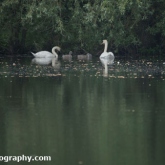
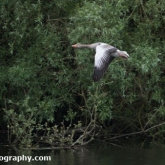
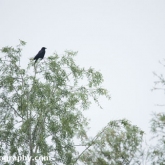
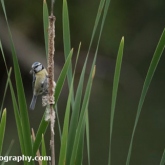
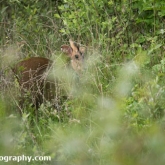
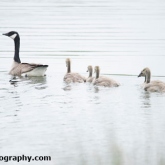
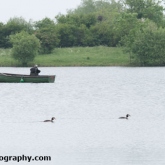
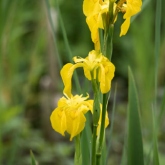
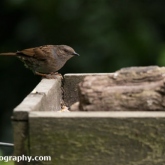
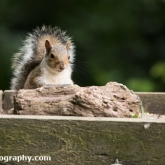
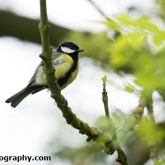
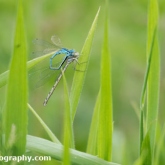
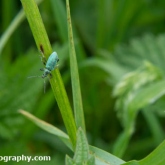
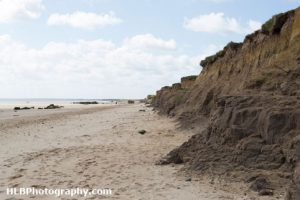
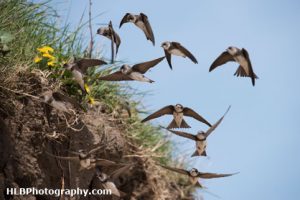
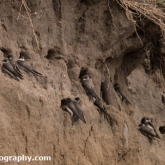
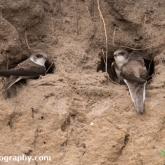
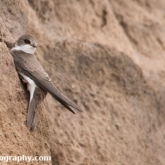
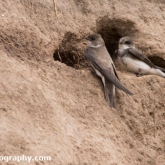
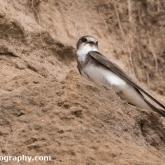
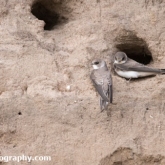
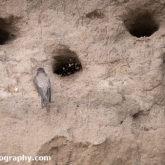
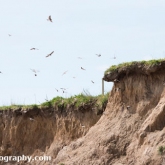
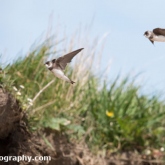
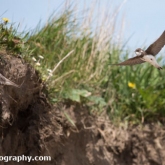
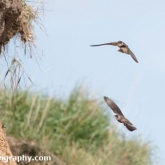
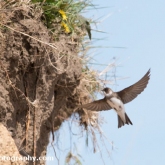
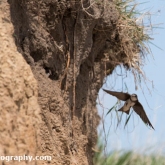
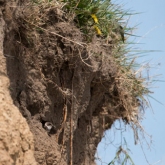
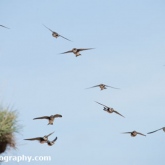
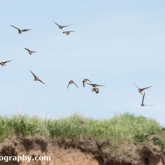
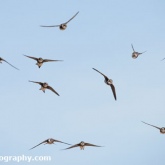
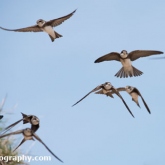
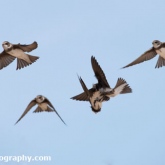
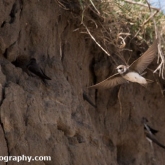
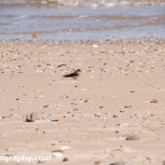
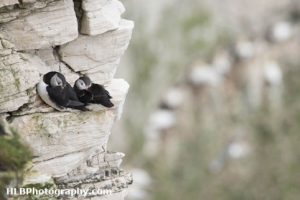 Day 1 – I arrived at
Day 1 – I arrived at 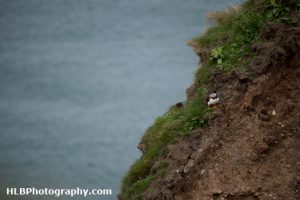 After booking into the campsite I took a walk along the cliff top from the site. I didn’t get too far as there had been a fairly recent landslide and I wasn’t 100% confident about carrying on! I did however see a Puffin 🙂
After booking into the campsite I took a walk along the cliff top from the site. I didn’t get too far as there had been a fairly recent landslide and I wasn’t 100% confident about carrying on! I did however see a Puffin 🙂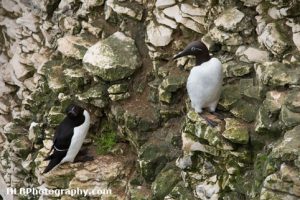 A nice man pointed out to me that there was a Bridled Guillemot just along the cliff, I thanked him and went to look for it. I wasn’t entirely sure what a Bridled Guillemot was but he had told me that it had the white marking on its face, like it was wearing glasses. Guillemots all have this marking though most are black, Bridled shows up as white.
A nice man pointed out to me that there was a Bridled Guillemot just along the cliff, I thanked him and went to look for it. I wasn’t entirely sure what a Bridled Guillemot was but he had told me that it had the white marking on its face, like it was wearing glasses. Guillemots all have this marking though most are black, Bridled shows up as white.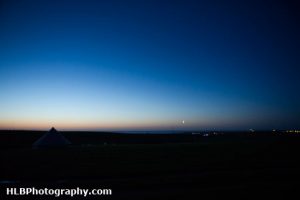 Day 3 – One great thing about camping is waking in the middle of the night and seeing the sunrise.
Day 3 – One great thing about camping is waking in the middle of the night and seeing the sunrise.